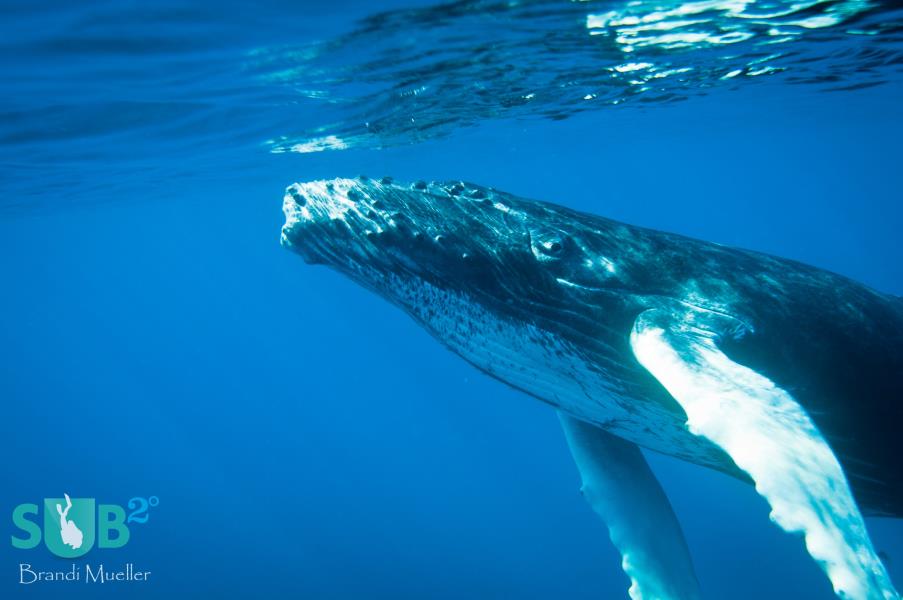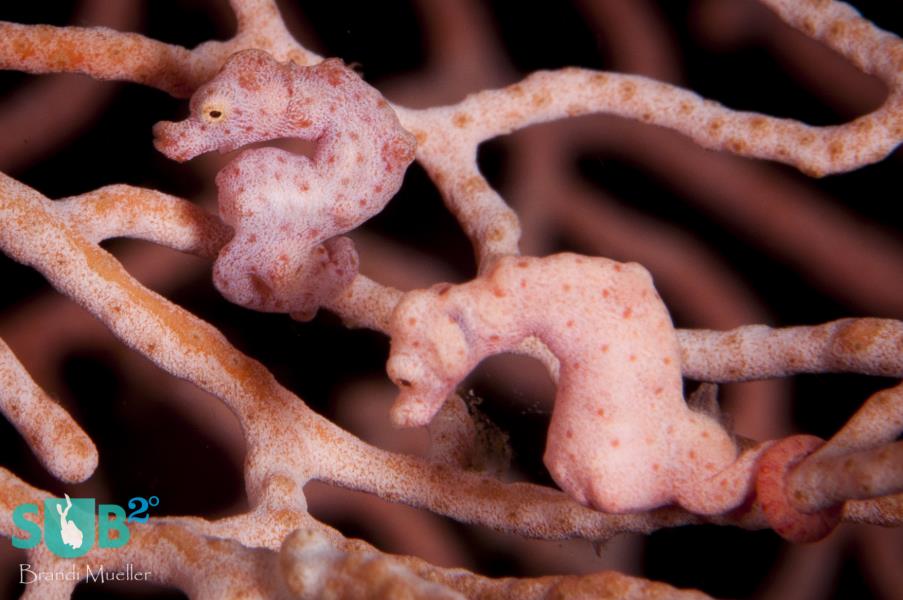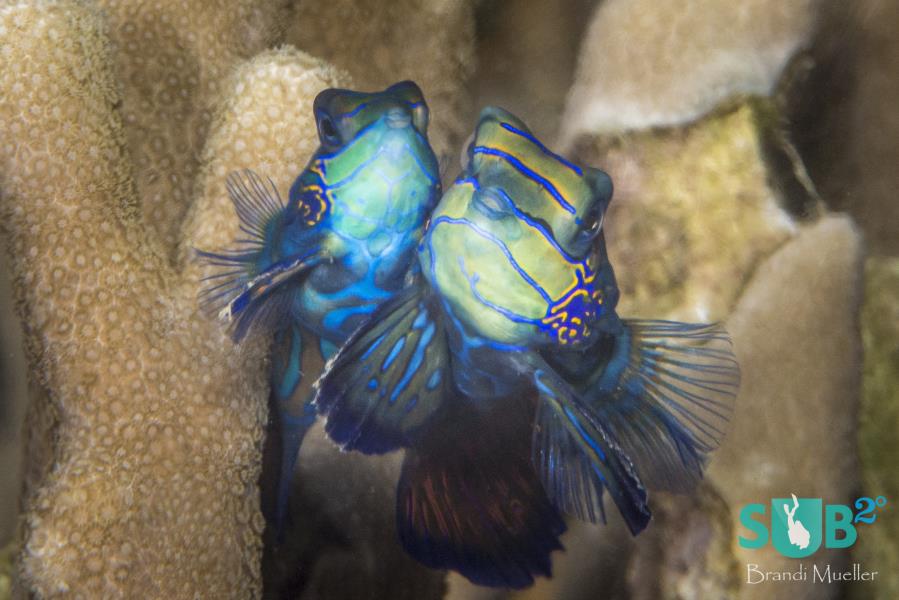Published
Oct. 15,
2014
Hanifaru Bay, in the Context of Marine Conservation
A couple of months ago I stayed in Baa Atoll at Dhuni Kolhu. I really wanted to go to Hanifaru bay but unfortunately it was not possible; the centre I was diving with said they didn't have the permission to go there, and all the other dive centres in the vicinity said they don't do trips to Hanifaru. It seems that the only way to dive there is with a liveaboard that has obtained permission.
However, the video above, produced by the 'Save the Seas' Foundation, has amazing coverage of diving in this fascinating place, as well as some very useful insights that I totally agree with- something I discussed extensively in "Indonesia Bans Manta Fishing".
Hanifaru is a relatively small bay, no larger than a football field, but due to its shape it creates a highly dense soup of plankton, which attracts up to 200 mantas at a time. This has provided a huge incentive for the liveaboards that have been flooding the bay with divers.
In recent years, the Maldivian government has passed legislation to limit the number of visitors to the bay and has banned diving altogether. Here are a few important points on this matter:
1. Bans on Diving
As much as I don't like bans, especially on diving - it makes sense. Snorkelers are less likely to interfere with the mantas’ patterns, and therefore tilt the scales towards a balance between the ability for tourists to enjoy this beautiful natural phenomenon, and for this phenomenon to continue to exist.
2. Limited Number of Tourists
Factoring the size of the bay, I also agree with the limit on snorkelers. Too many people on the surface would definitely interfere with the mantas' patterns. I have snorkelled with feeding mantas before and I've noticed that they often stay on the shallow end- practically on the surface. I guess that’s where most of the plankton is found, closer to the light.
3. Economic Incentive Continues
Although diving has been banned and snorkelling restricted, it is important to note that banning these activities altogether would eliminate an economic incentive to preserve these animals. Without tourists paying to encounter these animals, from a purely economic perspective, they are worth more dead than alive. With tourism dollars, this scale has been shifted. Thus the government needs to find a balance between two sets of opposing variables:
- Number of Tourists vs. Comfort of Mantas
- Revenue Through Tourism vs. Cost of Enforcing Laws & Permits
As long as a sweet spot between those two relationships is found, without a skew in any one direction, Hanifaru Bay will remain a successful conservation effort.
Brief Overview of Maldives vs. Indonesia
I have dived in both Indonesia and the Maldives, and I find that the level of conservation in the Maldives is sufficiently higher than in seemingly similar countries. On an intuitive level, I could see that a huge population and a huge landmass with a proportionately smaller tourism would inevitably lead to less conservation.
Let’s do some quick maths:
|
Metric |
Maldives |
Indonesia |
|
Population |
358,000 |
252,000,000 |
|
Size |
300 sq.km |
1,904,569 sq.km |
|
GDP (PPP) |
$2.851 Billion |
$2.388 Trillion |
|
GDP/Capita |
$8,731 |
$9,559 |
|
GDP/Land Size |
$9,503,333/sq.km |
$1,253,826/sq.km |
|
Population/sq km |
1193 people/sq.km |
132 people/sq.km |
|
Annual # of Tourisms |
1,000,000 |
~ 7,000,000 |
|
Tourists/Local |
2.8 |
0.0277 |
|
Tourists/ Sq. Km |
3333 Tourists |
3.675 Tourists |
While breaking down some of these 'questionable' metrics, I’d like to draw your attention to a few points:
Population/Sq. Km
This metric shows that Maldives is more densely populated, which in absolute terms is true, but this isn't necessarily accurate since Indonesia has areas of extremely high density and large chunks of land that are completely uninhabited. Although this is true for the Maldives as well, but it is less so.
GDP/Land Size
This metric is only indirectly relevant, but let us suppose that each government wanted to spend ALL of its GDP on enforcing standards of marine protection within its borders, how much would they be able to budget?
This discrepancy is absolutely telling: $9.5 million version $1.3 million per square km. This metric indicates that Maldives generally has a higher possible budget that they can allocate. Of course, there are no figures available as to what is actually spent.
Number of Tourists per Local
This is another interesting metric. Annually, there are nearly 3 tourists per Maldivian entering the country, each bringing in money to spend. For Indonesia, it’s just 0.0277 tourist/Indonesian. The tell-tale from this is that tourism, the commodity that effectively finances conservation efforts through economic incentives, is extremely tiny in Indonesia.
Thus, if you extrapolate even further, a typical household of 4 Maldivians could earn 4 x 2.8 x $2000 (estimate of avg. spending) = $22,400 - hypothetically of course. If you apply the same logic to Indonesia’s equivalent, you will get 4 X 0.0277 X $2000 = $216.
What does this tell us? Quite simply, that tourism is not enough of an industry to support a significant amount of Indonesians. When zoning into the context of marine conservation, however, tourism is essentially the only player that creates economic incentives for conservation. All others work the other way.
Tourists/ Sq.Km
With 3,333 vs. 3.65 tourists/sq. km, again the metric speaks for itself. Let's say each tourist spends $2000 on his trip. That equates to $666,600 vs. $7300. Let’s say 1% of that revenue stream is allocated to marine or other conservation, the difference is quite obvious.
Conclusion
The socio-economical factors and the geography of the Maldives provide a much higher probability of a systemic and sustainable conservation environment than with Indonesia.
As mentioned before, I welcome viewing the lack or presence of marine conservation as an economic model. It is rare to find a human being who harms animals for the sake of harming animals; it is so marginal that it is not worth calculating. Most humans abide by simpler things, greed and selfishness - something that is often the only mechanism they have for their own survival.
Featured Posts
-

Humpbacks of the Silver Bank
Nothing compares to being in the water with a 40 foot humpback whale. These beautiful and graceful animals are nothing short of amazing. The Silver Bank is a winter gathering place for humpbacks and more recently, snorkele...
-

On Seahorse Love
When boy meets girl in the world of seahorses a beautiful and often extensive courtship occurs. They change colors and entwine their tails. Then they rise off the seafloor and the female deposits her eggs into the male’s p...
-

Mandarinfish-The Courtship Dance
On the reefs of the Pacific, twilight marks the beginning of the mandarinfish courtship dance. A male begins dancing, and if he’s desirable, an interested female will join. Just before the sun sets, the two fish will rise u...


Load more comments
kakaikan_ 10/19/2014 4:03:10 AM good article .. for #savemanta